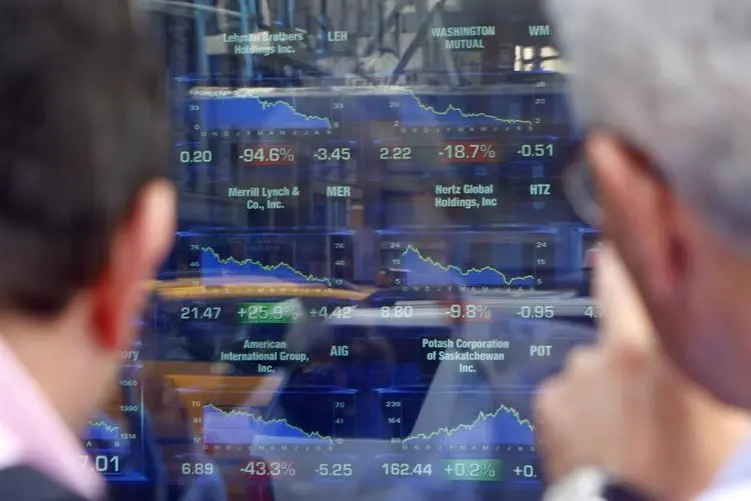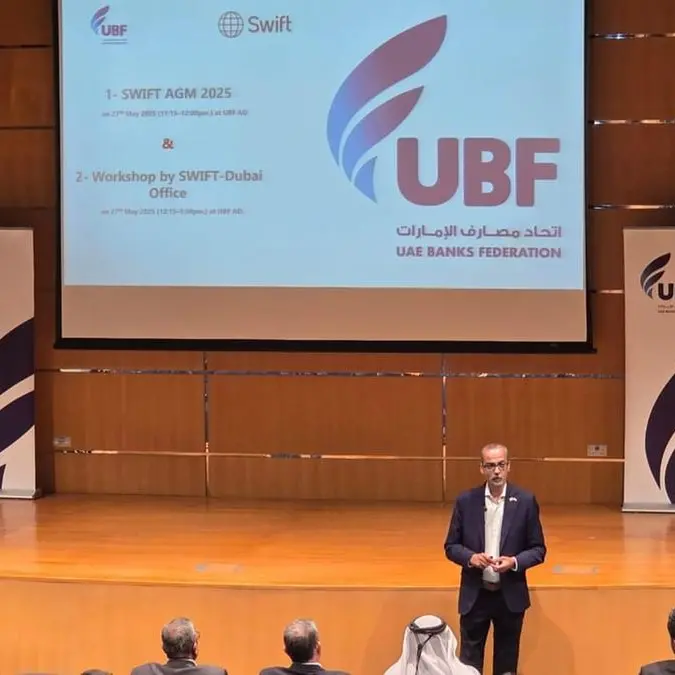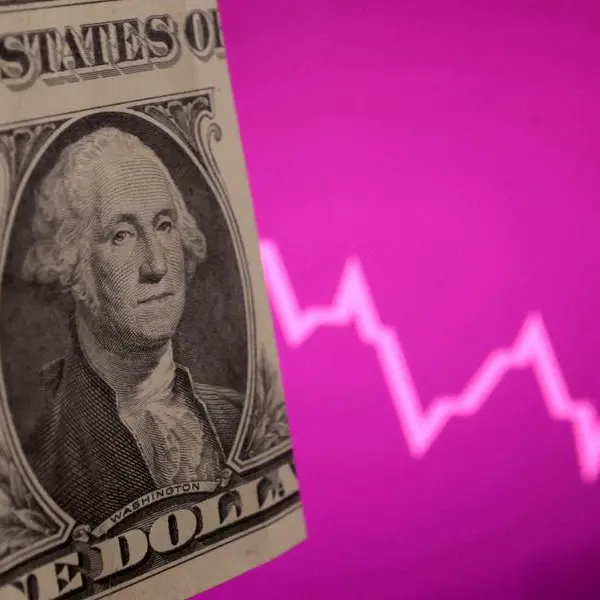PHOTO
Two men look at the stock prices for Lehman Brothers Holdings Inc,, Merrill Lynch Inc. and American International Group Inc. as they peer through the window of the Nasdaq MarketSite in New York. REUTERS/Gary Hershorn
By Edmund Bower
Last month, amid news of a surreal U.S. presidential election and an international migrant crisis, international publications ranging from Business Insider to the Daily Mail reported that the entire universe may be an illusion.
Bank of America analysts think theres a 50-percent chance we live in The Matrix, read a headline in the Independent. The information was taken from a 41-page September research note by Bank of America Merrill Lynch on the future of the virtual, augmented and mixed reality industries, complete with a colorful infographic featuring statistics on everything from the number of people playing Pokemon Go (50 million per month) to the projected size of the global virtual reality market in 2022 ($150 billion). It also trotted out a 21st-century version of an old theory thats been dug up and dusted off recentlythat were living in a simulated virtual worldand dared to slap on a range of probability of it being true (20-50 percent.)
With the theory gaining currency recently, researchers gathered at New Yorks American Museum of Natural History in April to debate the so-called simulation hypothesis, which was posited in a 2003 paper by Oxford University philosopher Nick Bostrom. Questions on the nature of reality go all the way back to Platos Republic, but the notion that recent advances in technology have raised questions about our very existence is based on a relatively simple argument: If we can create a virtual reality thats indistinguishable from the real thing, then chances are, its already been done. And if thats true, why should we assume that our world is the original, rather than merely one of numerous other simulations? The argument is that we are already approaching photorealistic 3D simulations that millions of people can simultaneously participate in, explains the BAML report. It is conceivable that with advancements in artificial intelligence, virtual reality, and computing power, members of future civilizations could have decided to run a simulation of their ancestors. Chances are, as an April piece in Scientific American put it: They would probably have the ability to run many, many such simulations, to the point where the vast majority of minds would actually be artificial ones. Therefore, simple statistics suggest it is much more likely that we are among the simulated minds.
The ideas proponents include tech billionaires and NASA scientists, among them astrophysicist Neil deGrasse Tyson and Silicon Valley entrepreneur Elon Musk. In a Q&A session at the California Code Conference near Los Angeles this summer, Musk, the founder of SpaceX and Tesla Motors, said that given recent developments in virtual-reality technology, its inevitable that augmented reality and base reality will eventually become indistinguishable. He echoed Bostrums argument that it would be fatuous to assume that were living in the latter, the odds of which he put at billions to one.
A recent profile in The New Yorker on computer programmer and venture capitalist Sam Altman described many in Silicon Valley as being obsessed with the simulation hypothesis, the argument that what we experience as reality is in fact fabricated in a computer; two tech billionaires have gone so far as to secretly engage scientists to work on breaking us out of the simulation.
Wacky as it may sound, the theory is connected to real, breathtaking leaps that have taken place virtual reality in recent years, particularly in computer gaming. The Oculus Rift headset, which submerges users in a simulated 3D world, hit stores earlier this year at $599.99 a pair. With separate screens for each of the eyes, the headset uses a positional tracking system that replicates players movements. In 2013, Facebook bought Oculus VR for $2 billion, and hardware companies like Sony and HTC have been hot on their heels ever since, releasing competing headsets. Microsofts much-hyped virtual-reality console, Project Scorpio, will launch sometime in 2017.
Although its still early days for virtual reality, more money than ever is being poured into development. In last months note, BAML estimates that venture capitalists have sunk a record $2 billion into virtual reality and developing what it describes as one device to rule them all. VR (and AR and MR) is enabling a fourth wave of computing power via a spatial computing revolution that integrates disruptive technologies such as sensors, Big Data, the cloud, AI, and wearables, write analysts. It could be the one device to disrupt and rule the world of technologybridging the digital and physical worlds for the 3.5 billion internet users, 3.6 billion mobile broadband users, and 1.6 billion with TVs globally.
Technology in the digital age is advancing at such a pace that it hardly seems surprising that the unimaginable will soon become real, point out proponents of the of the simulation theory. Forty years ago, we had Pongtwo rectangles and a dot, said Musk, 48, at the Code Conference. Now, 40 years later, we have photorealistic, 3D simulations with millions of people playing simultaneously, and its getting better every year. As a rule, computer memory and processing power double every one-and-a-half to two years.
Great strides are also taking place in artificial intelligence. In 2013, the Robotics Institute at Carnegie Mellon University introduced its Never Ending Image Learning system, or NEIL, a computer designed with common sense and the ability to learn things without being taught. Funded by Google and the United States Department of Defense, NEIL is teaching itself connections between objects; for example, that zebras live in the savannah, and zebras and tigers both have stripes.
Twenty years ago, it was big news when IBMs Deep Blue became the first computer to beat a world champion at chess. This year, an artificial intelligence program developed by Google DeepMind managed to triumph over the reigning world champion in Go, an ancient Chinese war game developed two-and-a-half millennia ago that has long been considered the Holy Grail for artificial intelligence because it depends on not only math and strategy but abstract thinking. Because Go involves a seemingly endless number of possibilitiesthe number of legal board positions is larger than the estimated number of atoms in the universeits considered notoriously difficult to teach computers. Basically, Humans have been honing our collective knowledge of the game for more than 2,500 yearsthe difference is that AlphaGo can do the same thing much, much faster, explained a March article in The Atlantic. The ways in which we might apply these revolutionary advances in machine learningin machines ability to mimic human creativity and intuitionare virtually endless.
The way we interact with machines also continues to evolvefrom pointing-and-clicking on computers to touchscreens on mobile phones, for example. Artificial reality takes it one step further, removing any tangible interface at all, allowing people to communicate through natural modes of interaction such as gaze, gesture, voice, and eventually context, write the analysts at Bank of America. In September, Uber, the mobile ride app thats upended the taxi industry, rolled out a line of driverless taxis in Pittsburgh.
The darker implications of artificial intelligence have been considered before. In his 2014 book Superintelligence: Paths, Dangers, Strategies, Bostrum, who heads Oxfords Future of Humanity Institute, reiterates the fear that we will soon be able to build a machine thats smarter than us, and when we do, we run the risk of being ruled by our own supercomputers. Researchers say we are almost sure to develop human-level machine intelligence by sometime between 2075 and 2090. Unfortunately, the advent of this superintelligence is probably going to take over the world, writes Bostrum, and destroy all human life and values. This sci-fi dystopian vision of the futurewhich has been a trope of fiction and Hollywood for decadesis now imminent, he writes, with our deepening dependence on technology manifesting itself in new ways. Altman, the tech entrepreneur, believes that the human races only hope is to merge with our machines. These phones already control us, he tells The New Yorker. For his part, Bostrum is convinced that artificial intelligence is the most important and most daunting challenge humanity has ever faced.
Not everyone is convinced that we are all mere files on some higher species hard drive, however. Lisa Randall, a theoretical physicist at Harvard University, questions why a superintelligent species of the future would actually be interested in simulating us. After all, she points out: We mostly are interested in ourselves. During last springs discussion on the topic at the Museum of Natural History, Randall said: I actually am very interested in why so many people think its an interesting question. In a June article for Vice Motherboard, psychology professor Riccardo Manzotti and Andrew Smart, an author and cognitive scientist, likewise dismissed the simulated universe hypothesis, which they called nothing more than a technologically updated version of one of the oldest philosophical puzzlesnamely, is the world we live in nothing but a dream?
Moreover, just because computers are sure to get exponentially faster doesnt necessarily mean theyre going to start producing fake versions of reality. Making bigger bows and stronger arrows will never lead to an H-Bomb, write Manzotti and Smart. Its a belief that we have no reason to take seriously. Thats because virtual reality, however life-like, is still merely a copy of the real thing. In 2012, David Tong, a professor of Theoretical Physics at the University of Cambridge concluded that particle physics may have certain aspects that simply cannot be simulated by a computer. As Manzotti and Smart put it: A simulated apple cannot feed anybody. No matter how many pixels.
Business Monthly 2016





















